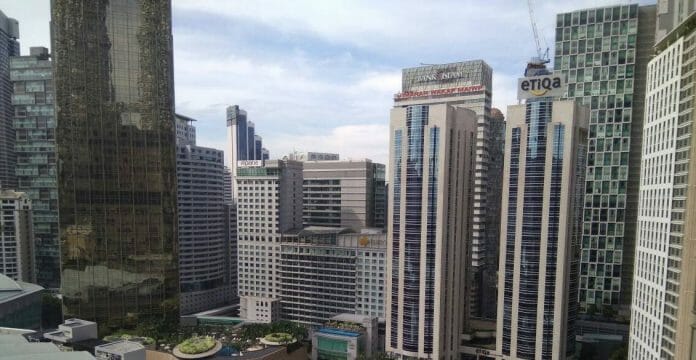Bank Islam recently had its quarterly analyst’s briefing, among the highlights from the session included its Repayment Assistance loans which make up <5% of total gross loans. At the peak of the pandemic, this number was close to 40%. The Group however is optimistic about the low delinquency rates of graduated loans, which currently stand at 0.97%, among the best in the industry.
BIMB’s GIF has shot up to 1.14% from 1.02% in the previous quarter. Management is adamant that GIF should remain <1.5% by end-2022, citing low delinquency rates amid repayment assistance (RA) loans as the core indicator. Otherwise, it is confident in how a sizeable chunk of its retail portfolio is secured by package financing: auto deductions from salary and directly from the employer. While BIMB is confident in its retail loans, Group has seen a higher uptick in impairment within its smaller corporate & commercial portfolio: consumer goods merchants and trading companies affected by supply-chain disruptions in particular saw some level of concern. It also believes that the non-retail SME portfolio would see some pressure that could push the GIF higher in the coming quarters. NCC and provision guidance.
The Group does retain the elevated NCC guidance of 30-35bps, though it believes that it will be skewed towards the lower side. BIMB’s cumulative overlays have fallen to RM181m from RM335m in Dec-21. Overlays were primarily used for SME and corporate customers, in particular certain large O&G corporate exposures. The Group does believe that the remaining number of overlays is sufficient, as it feels a lot more secure about its retail arm. CIR and OPEX guidance.
Bank Islam is guiding for a CIR of 58% in FY22, given that it is seeing pressure on both the cost side and income side. It mentions that BAU CIR – i.e., CIR excluding IT investment, unit trust, FX loss, and infrastructure overheads – would be in the 55-56% range. BIMB saw a sizeable uptick in personnel expenses in 1HFY22 worth +10%. Management expects the trend to continue, premised on an acquisition of technology and digital skillsets, expanding the Group’s wholesale banking proposition, via onboarding external talents and union-cycle negotiations in 2HFY22.
Its NIM has been extremely underwhelming, especially given that the Bank has been touted as one of the central beneficiaries of OPR hikes. Instead, it recorded NIM contraction on a sequential-quarter basis to 2.29% in 2QFY22 [1QFY22: 2.30%], in contrast to most banks. As with last quarter, it attributes the weakness to holding low-risk, low-yield short-term papers in an effort to hedge the negative effect of OPR hikes – while the loan portfolio did see improvement, its effect was mitigated by its lesser duration investment securities yield.
The Group is confident in improved fee income in 2HFY22, though less so on investment and trading-related income. In this aspect, MIDF makes no change to the earnings forecast. Key risks to earnings include the inability to contain CIR levels, especially with union-related personnel costs, Significant deterioration in asset quality leading to higher NCC, given BIMB’s risky commercial and corporate portfolio, and a need to procure more expensive funding to sustain high loan growth, given its high L/D ratio. V
MIDF remains pessimistic about BIMB’s near-term outlook as headwinds seem to outweigh its benefits. Additionally, for a bank touted as being one of the core beneficiaries of OPR hikes, it has displayed worse performance than its peers. Nonetheless, BIMB is not without its merits like High loan growth, GIL is still on the low side, compared to industry averages, and retail loan portfolios more secure, given that repayment is done via salary deduction.









